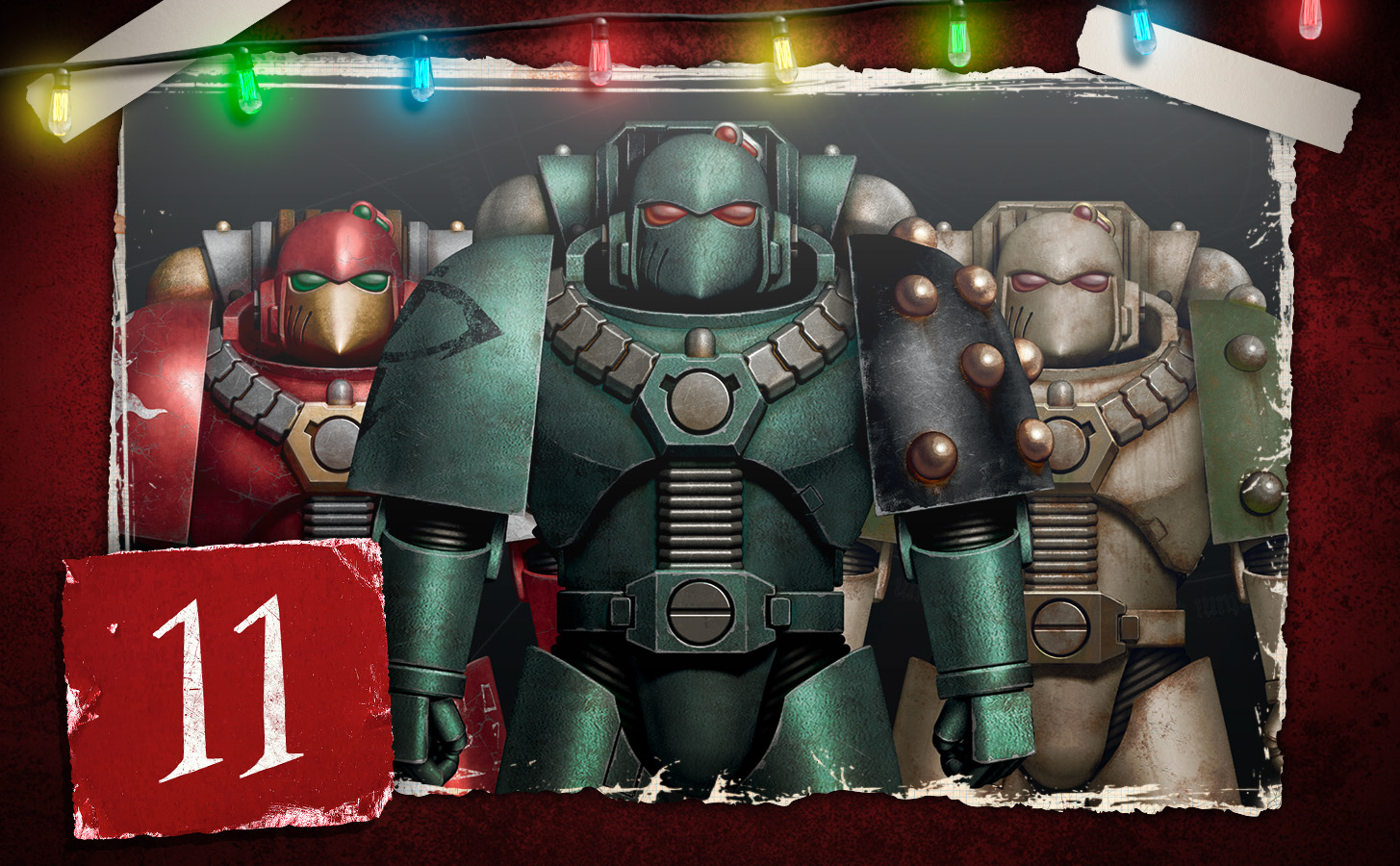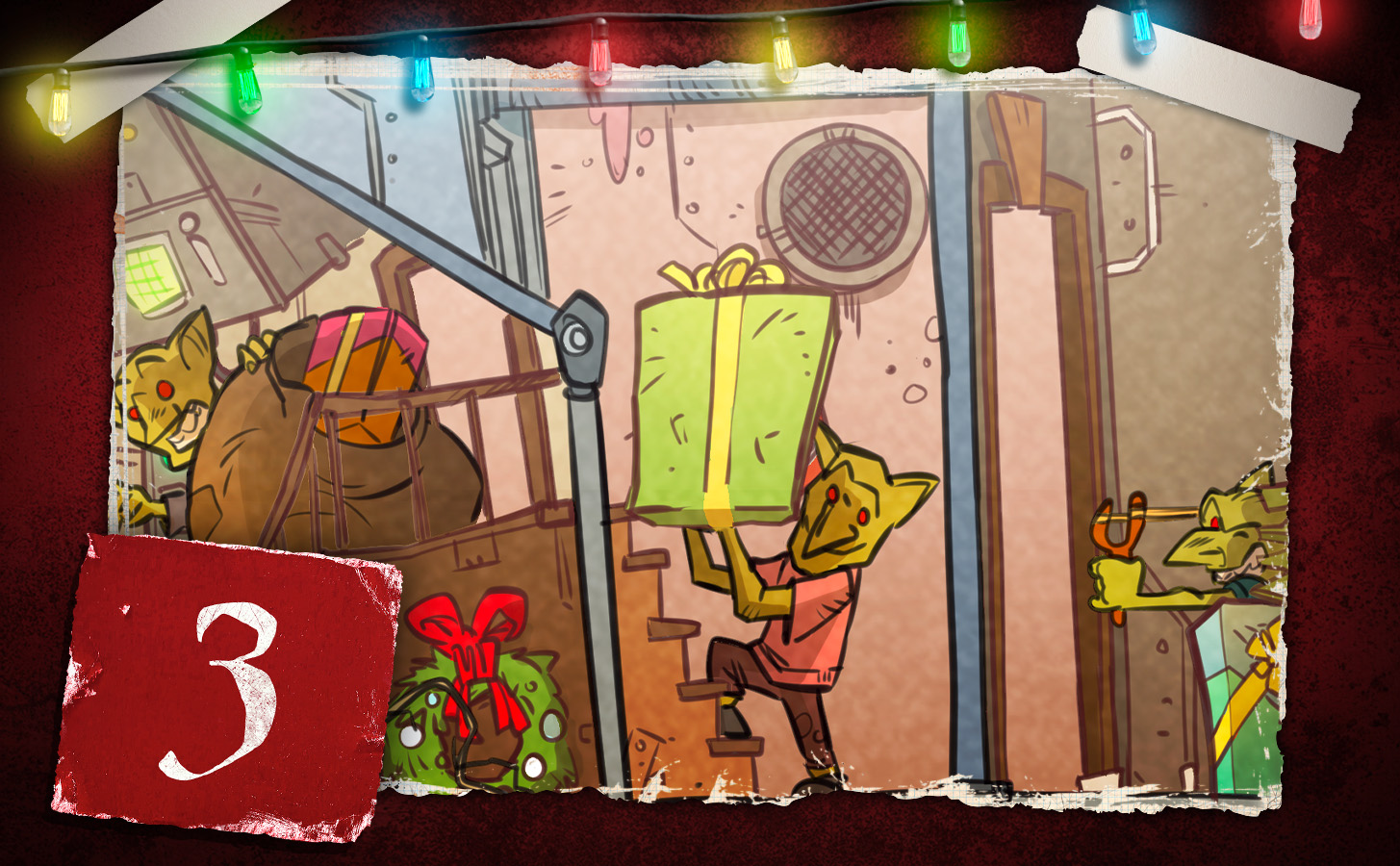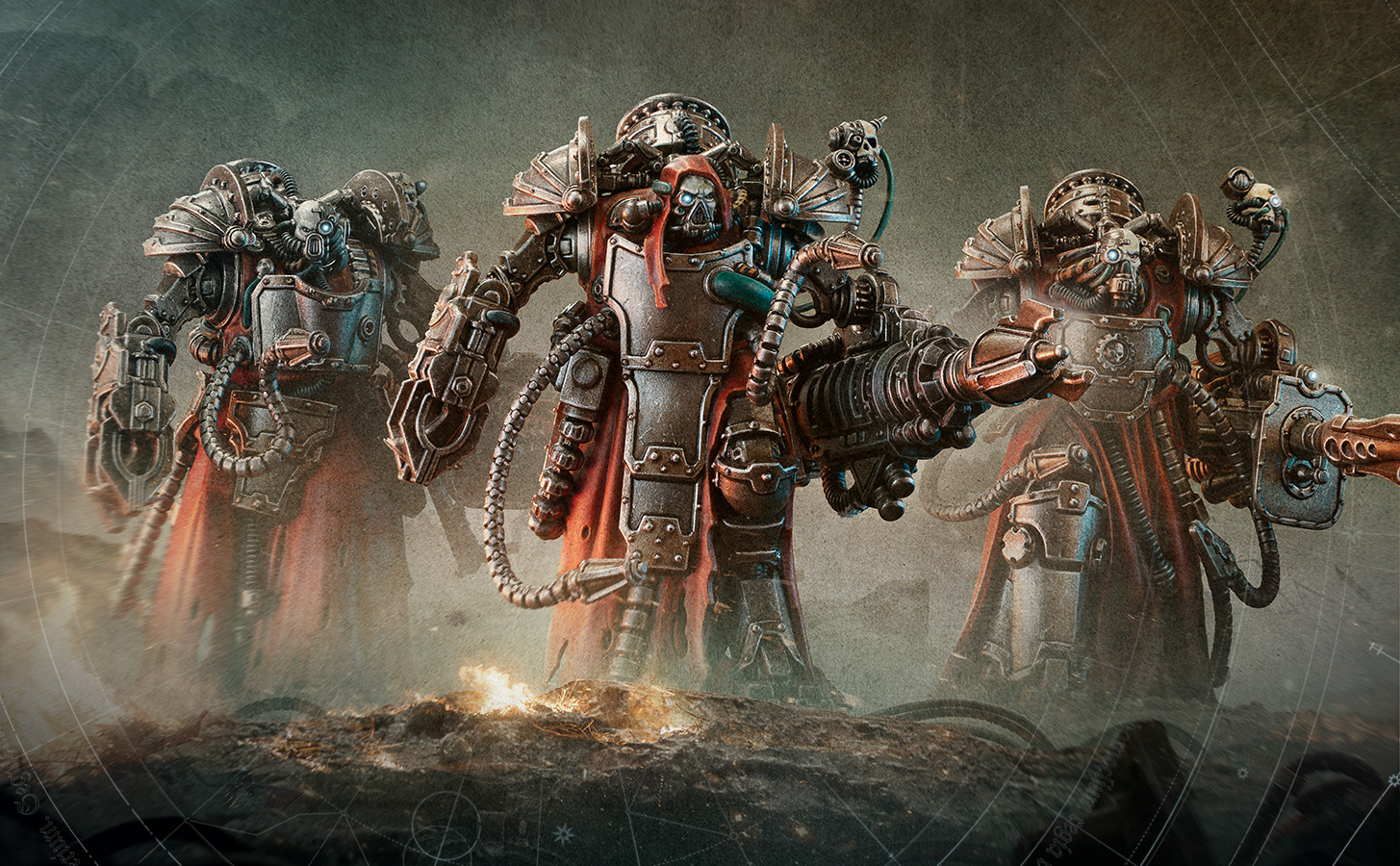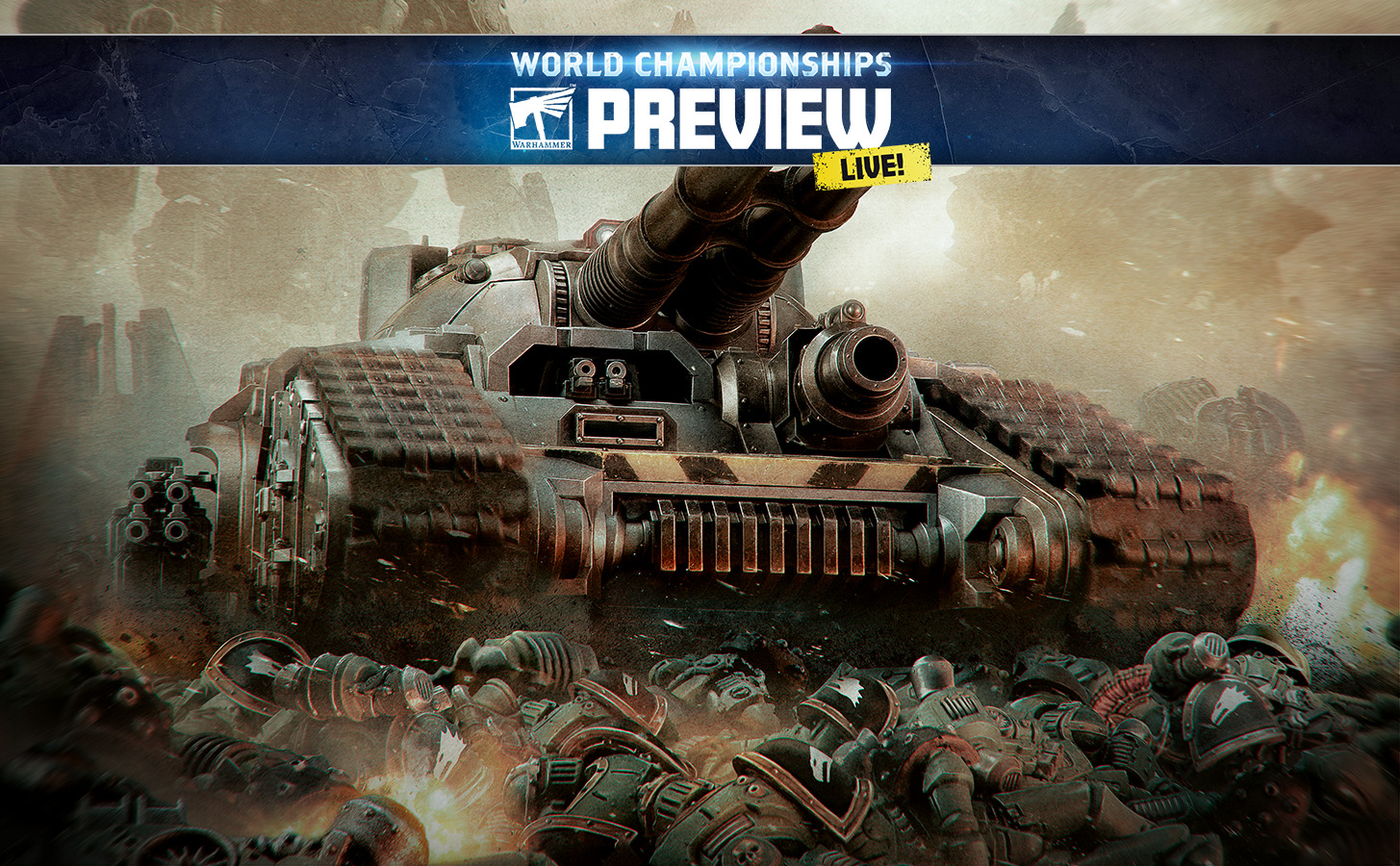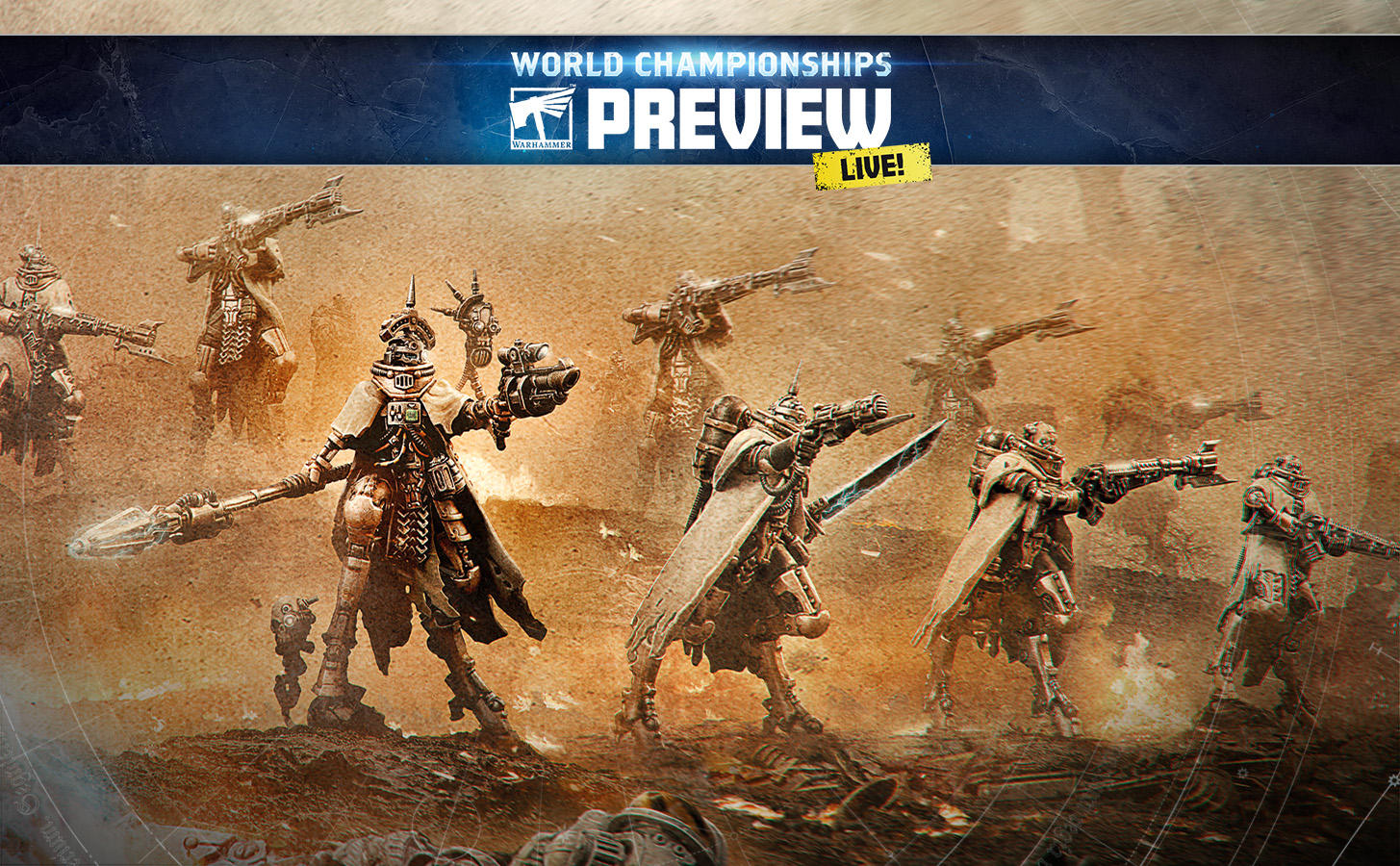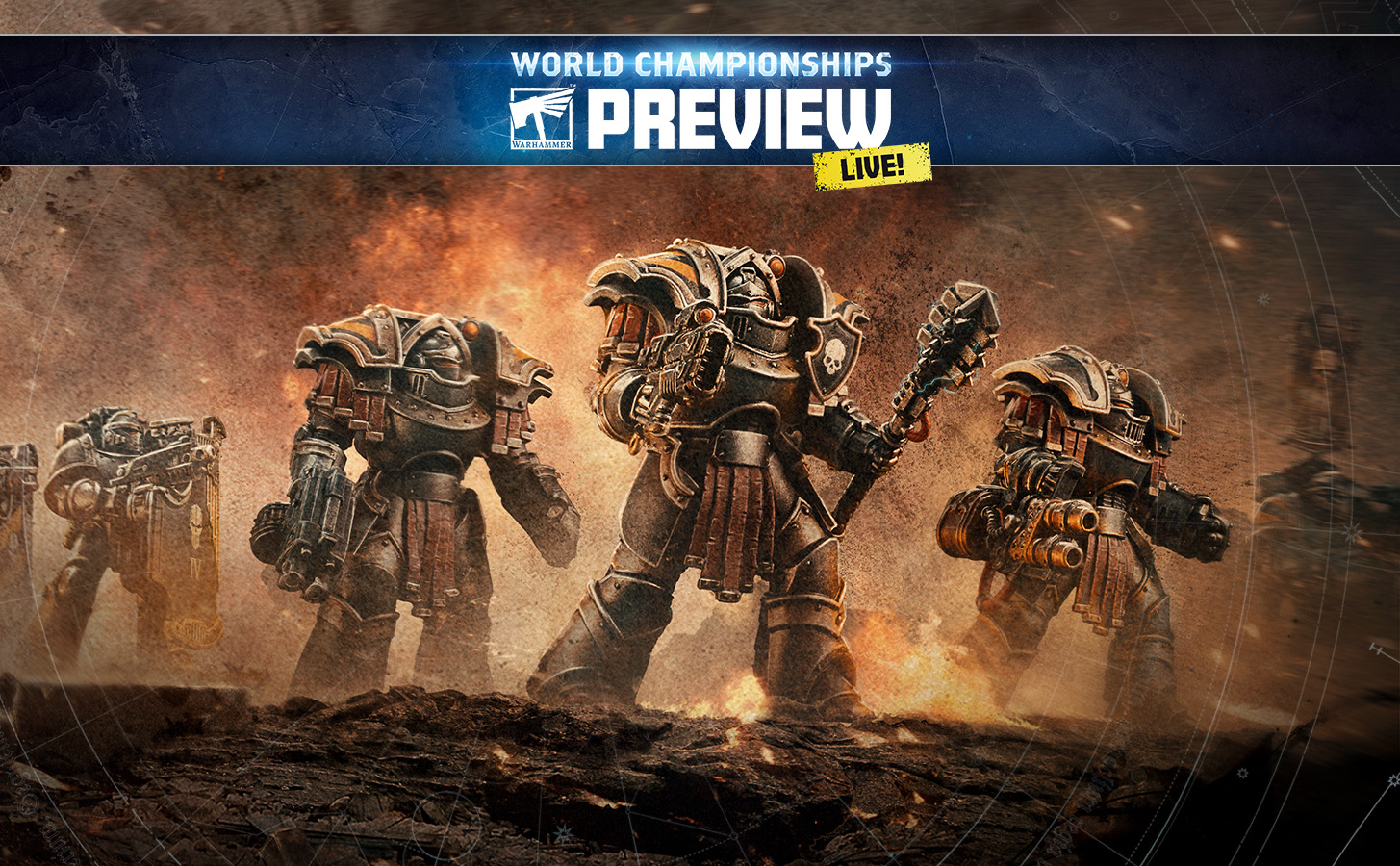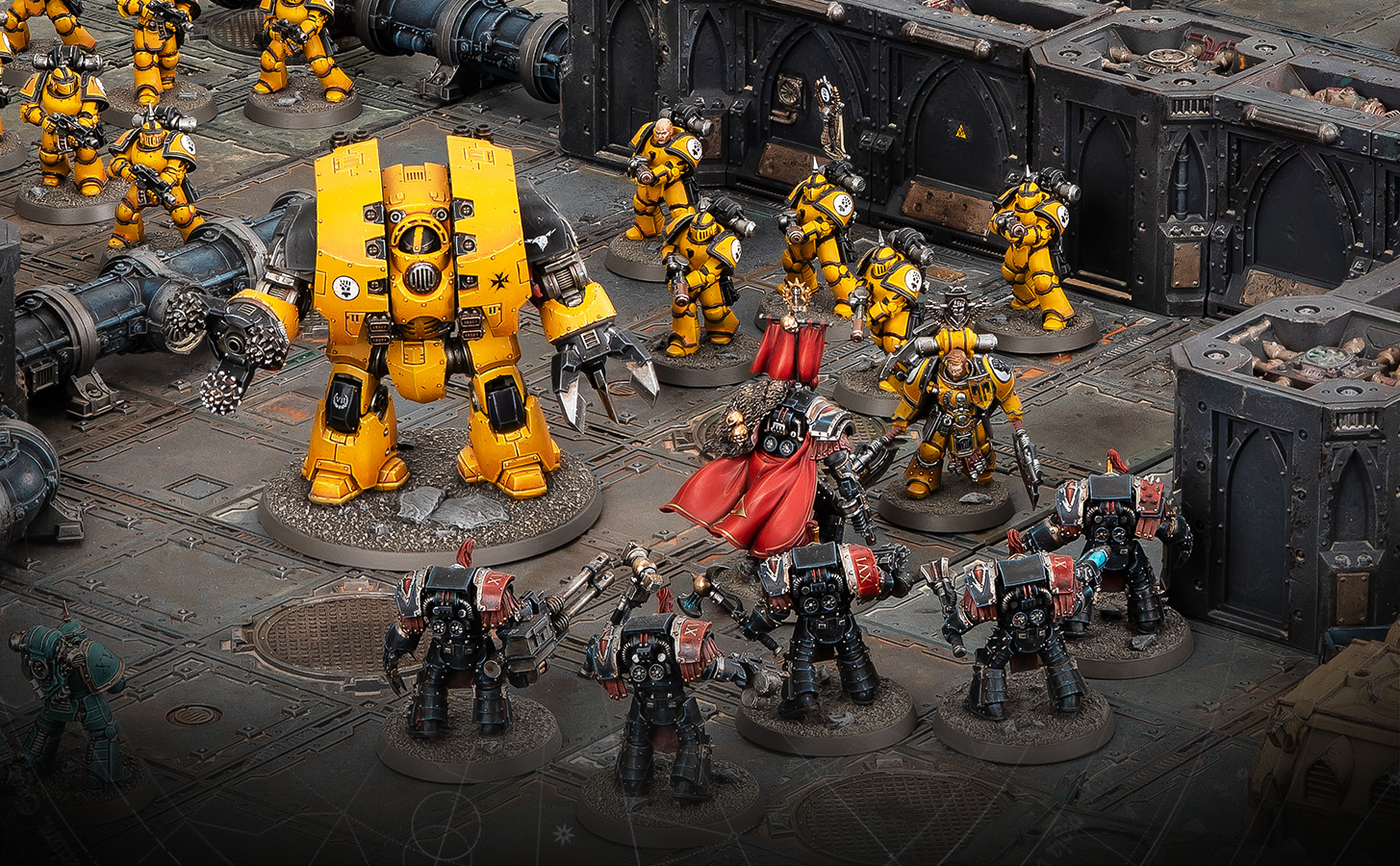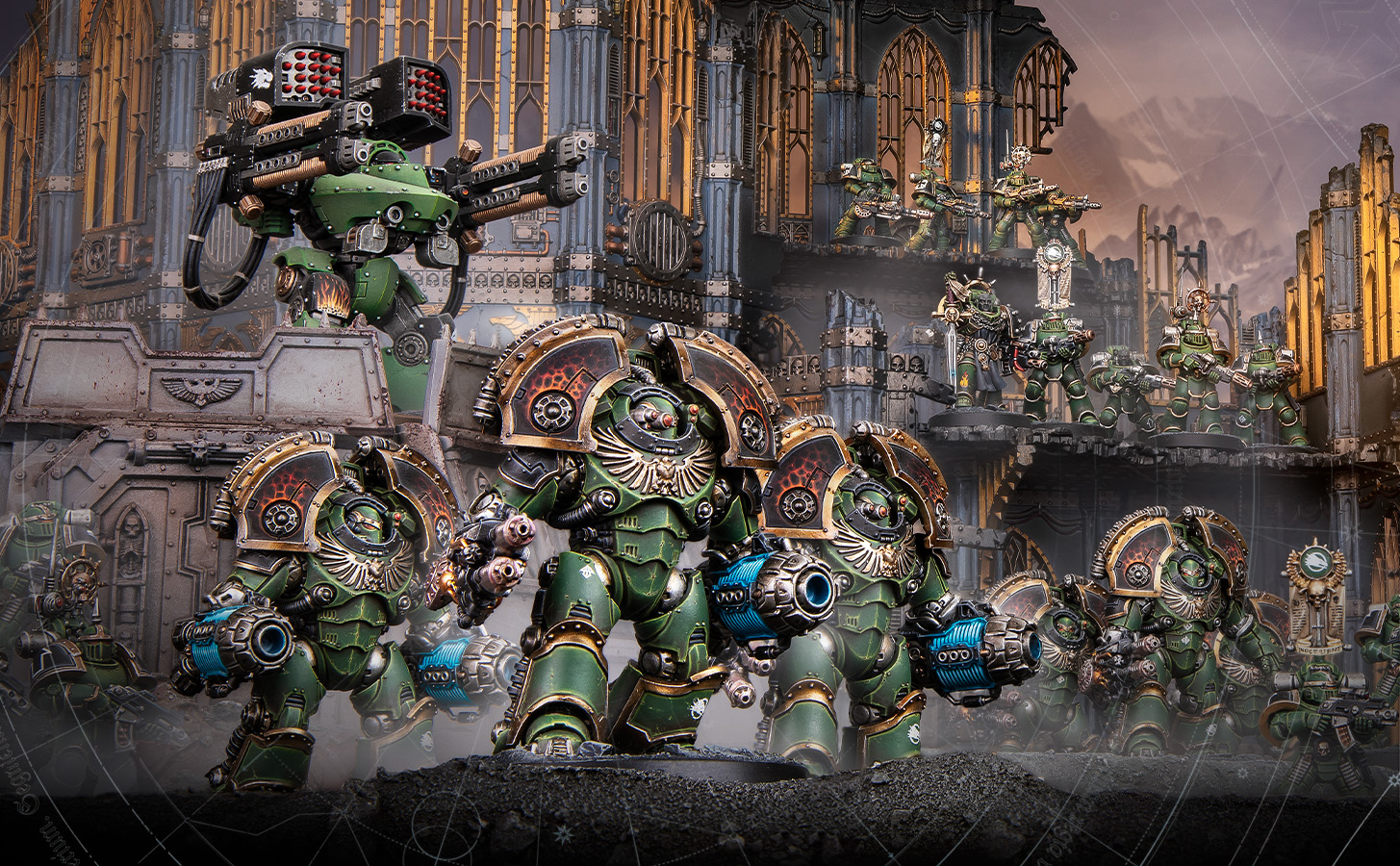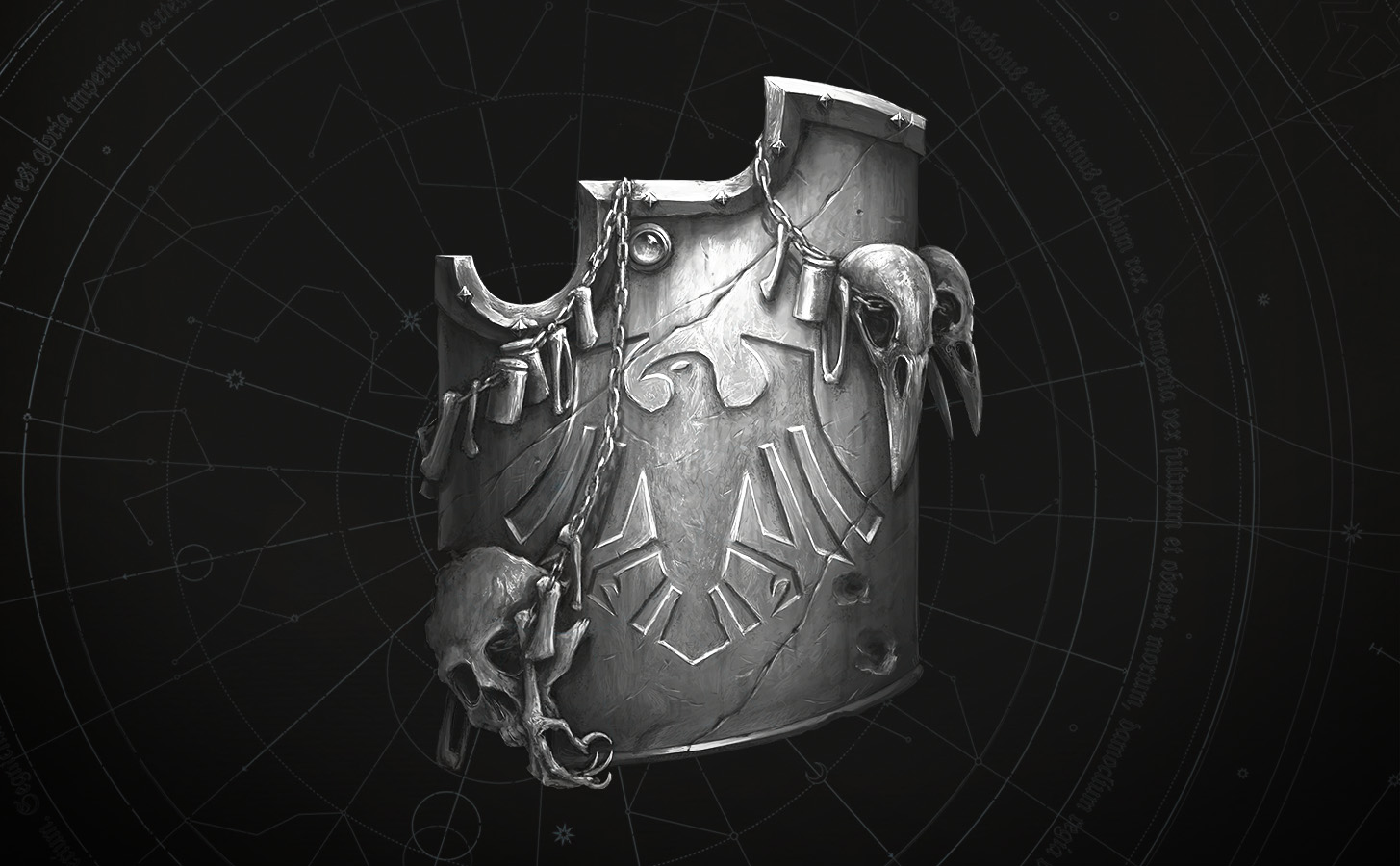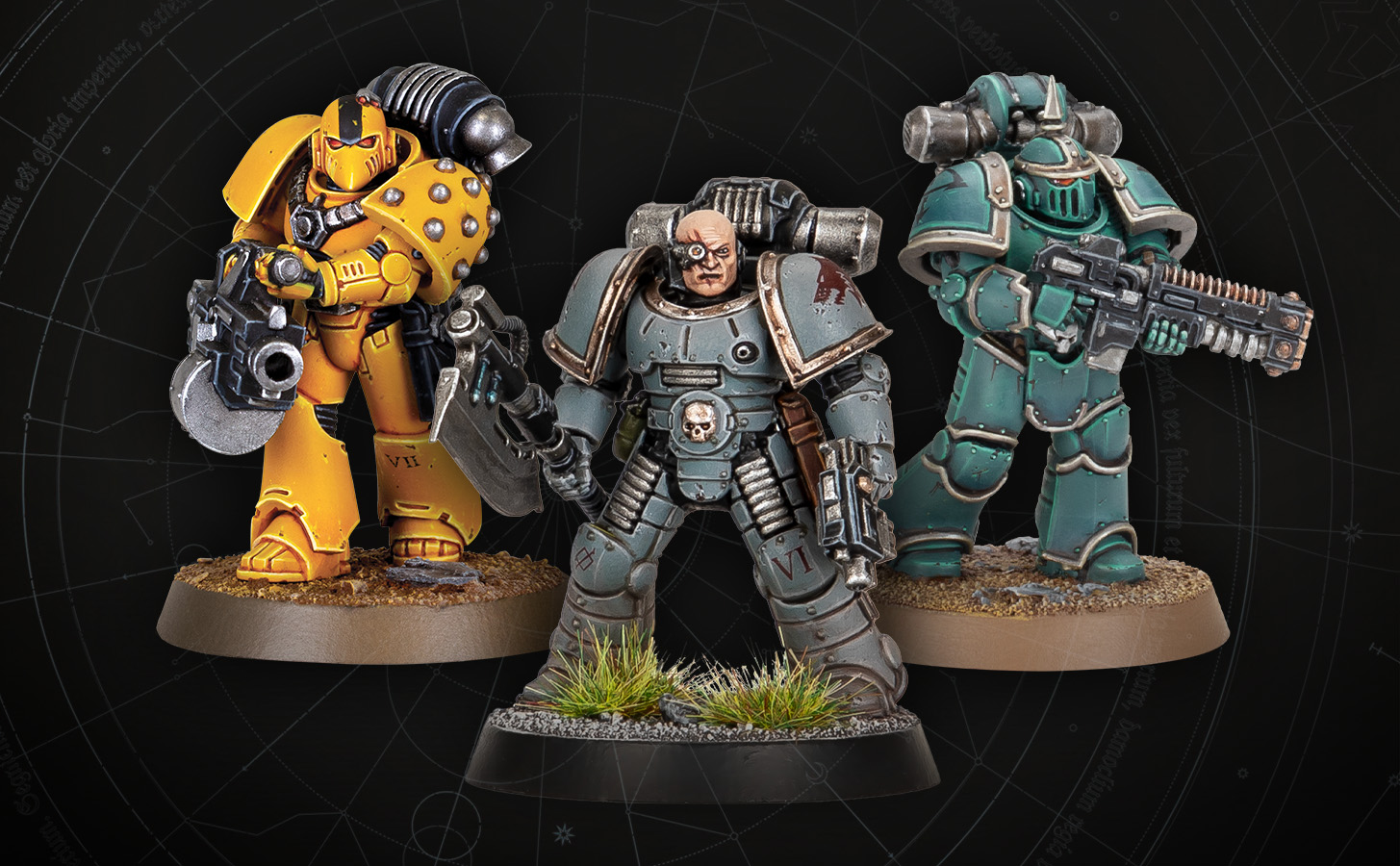Saturnine is here and the Dropsite Massacre is underway. It’s time to muster your Legions.
Painting a large force in a short period is always a daunting task – but it’s perfectly possible, as James, who paints the armies you see on Warhammer TV, is here to explain. Here’s how:
Craft your vision
Painting a large force is a major undertaking! Space Marines might be elite, but 3,000 points is a lot of bodies. But don’t worry, there are lots of ways to approach a project like this.
The challenge of painting a whole company of Space Marines is one of vision and narrative, we want to build that narrative into our vision from the start. This gives us something aspirational to work towards over the coming months, and with each painted unit we can hone the story to drive our enthusiasm for this most esteemed of hobby achievements.
Your first task is to ask yourself what you want to achieve with your new force. Is it a tank company, a fast assault force, the favoured sons of your Primarch, or the sprawling throng of a vast Legion deployed in one place? Is there a novel or named character you want to build your army around? And finally, there’s the most important question of all: what's your Legion?
What models do you like best?
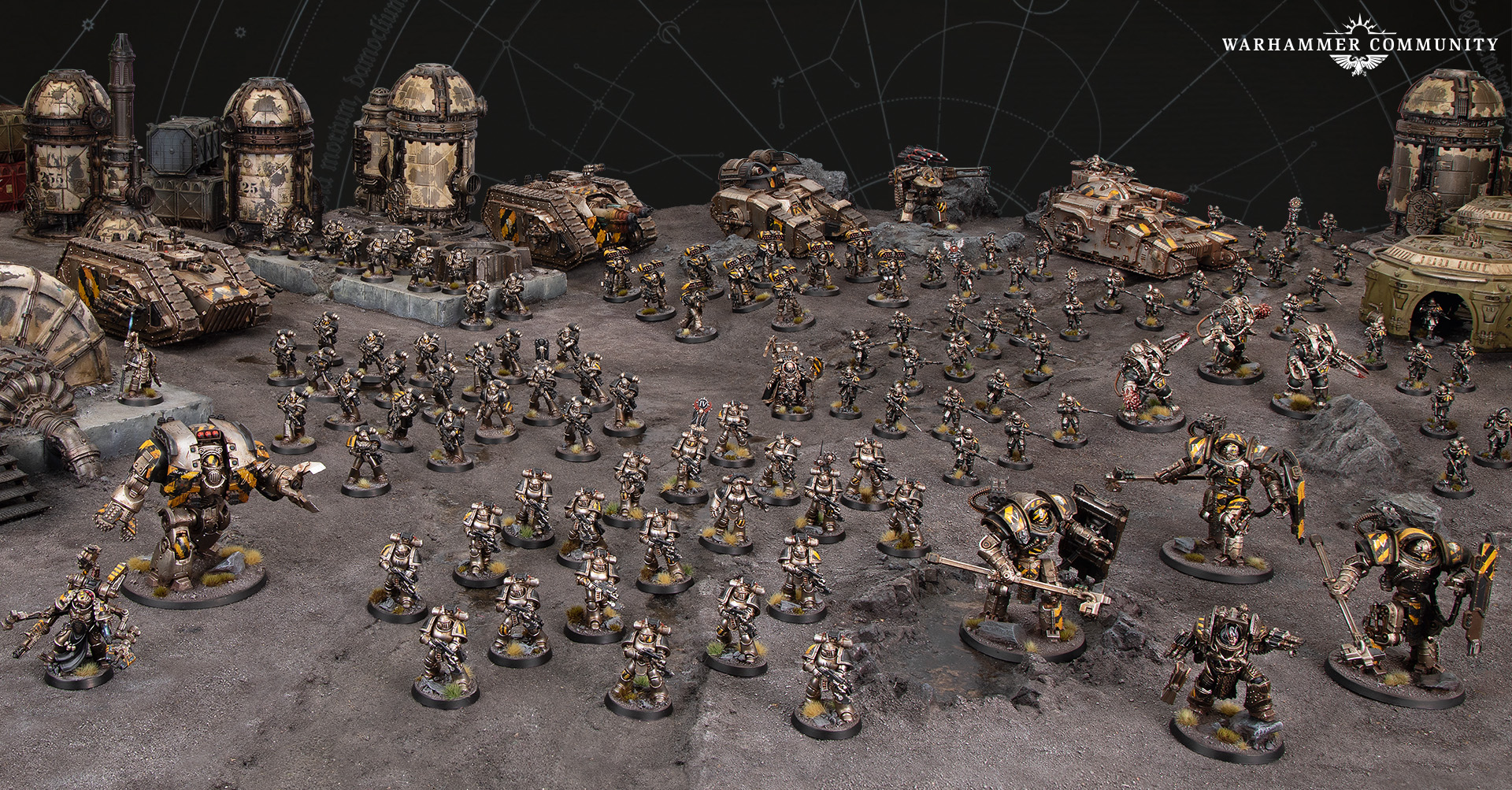
Once the key questions have been answered, the next issue is picking your army list and miniatures. With such a vast range of miniatures to choose from, you can craft a dramatic visual narrative with your selections.
For instance, which armour marks do you prefer? Are you building a wonderfully regimented company of Ultramarines all in MkIV, or gritty Iron Warriors boarding specialists in utilitarian MkIII? Do your veterans keep their old patterns of armour out of superstition, or honour for such treasured wargear? Has your company fought on the front lines for so long they must scavenge whatever they can with units of mismatched armour?
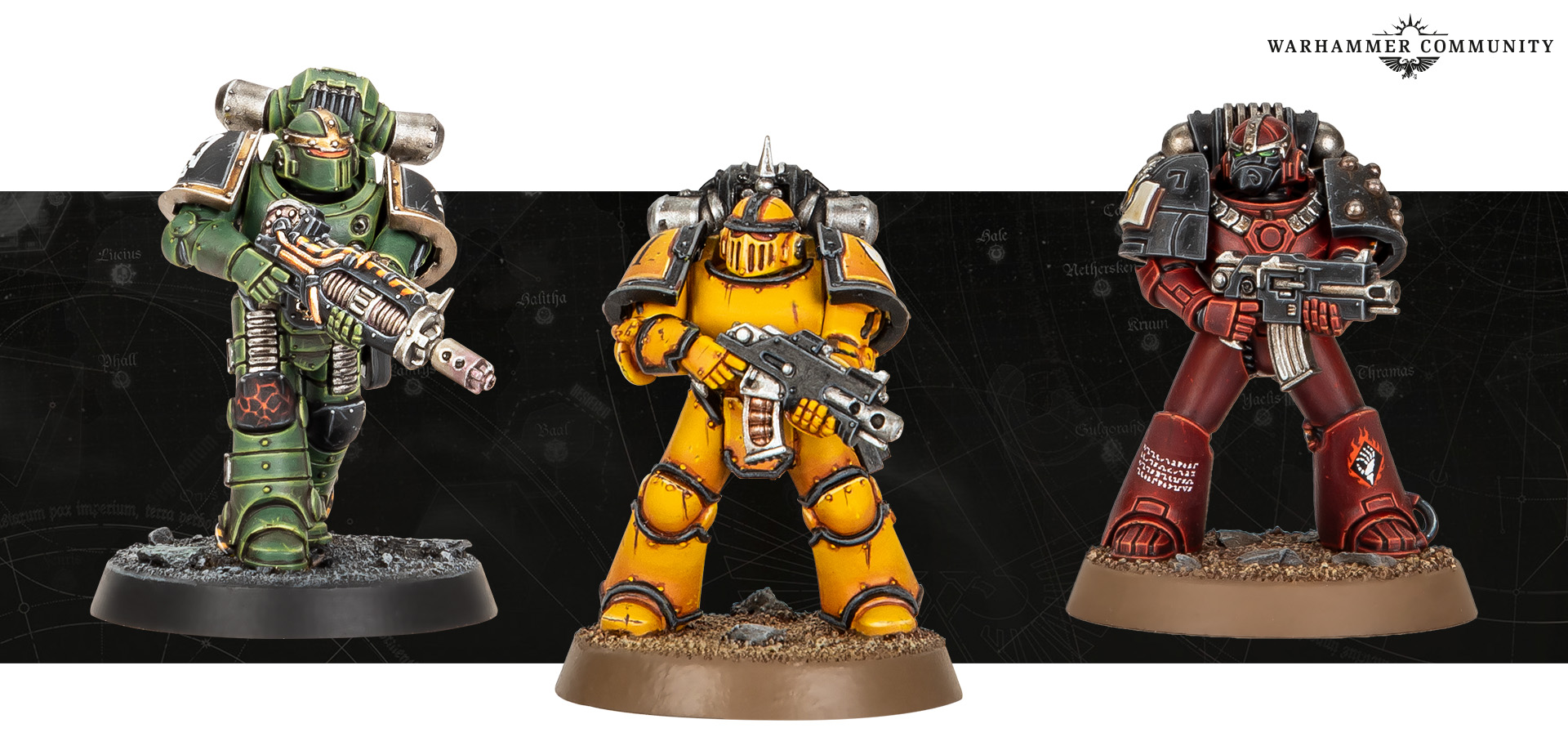
As for armoured support, are your vehicles swift and specialised in tactical redeployments, or does your company rely on the heavy firepower of artillery? Are there many revered warriors entombed in Dreadnoughts, or is this company too fresh to have produced such heroes?
What’s your gaming purpose?
This project is most likely for fun and personal challenge, but it’s also worth asking if you have a specific purpose for painting your company.
For instance, how large are the games your local group prefers to play, and how cohesive or competitive a force do you wish to deploy?
Building
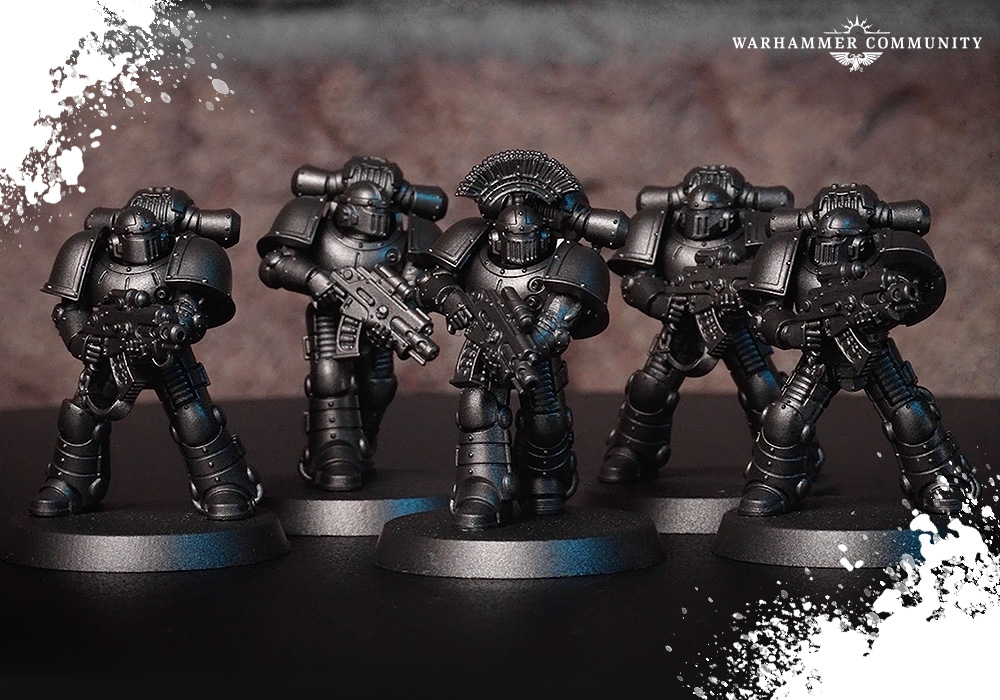
People all love different aspects of the Warhammer hobby, and there's nothing wrong with enjoying building more than painting or vice versa. You can use this to strategise the flow of your project, and here are two suggestions that might help you to keep pace.
If you love building, resist the urge to build all your units at the start. Build one unit, get them painted to a basic standard, and then as a treat you get to build the next one.
If you love painting but find building a chore, on the other hand, try to build as many units as possible at the start of the project when your enthusiasm and drive is at its highest. That way you can enjoy endless hours of painting without the looming prospect of clippers and glue. Just make sure to put all those unpainted miniatures away from your painting area!
Choosing a paint scheme
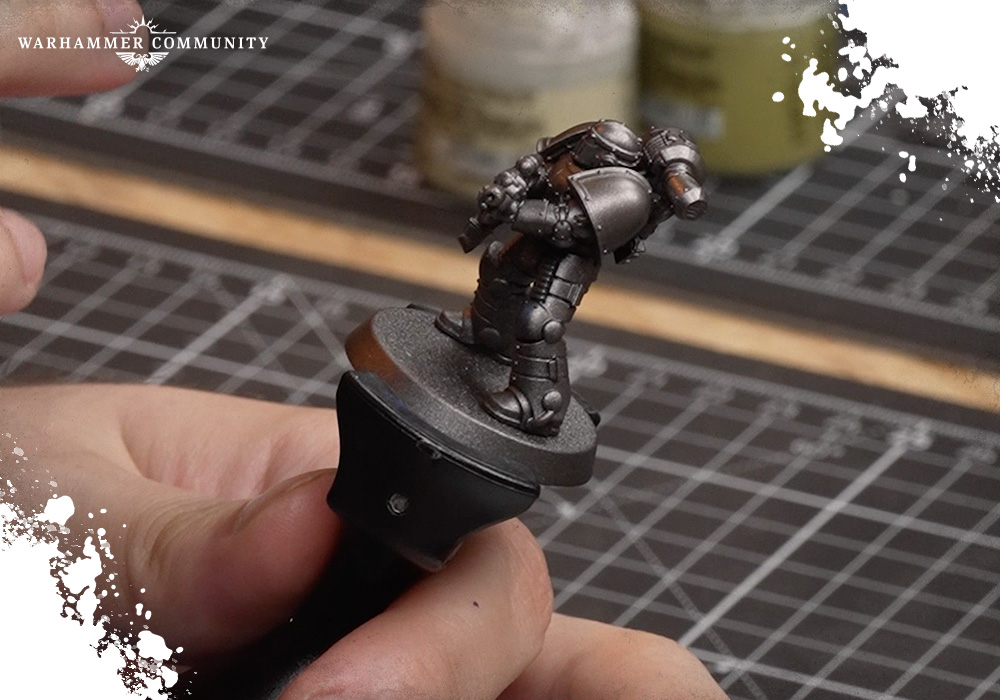
Given that you’re going to be painting the same colours a lot, you’d better be sure you like them. And while there are 18 Legions, there are plenty of different ways to paint each one. Ultramarines are blue, but do you prefer a royal blue with parade-ground gold accents, or a darker blue with tan trimmings, for instance?
When you have a particular scheme in mind, paint a tester miniature and take photos. If you don’t like it at this point, reconsider your colours and try again.
A good paint scheme for such a monumental challenge will have plenty of stopping points, where a unit is painted enough to hit the battlefield, but can be busted out for a fresh round of highlights when the mood takes you.
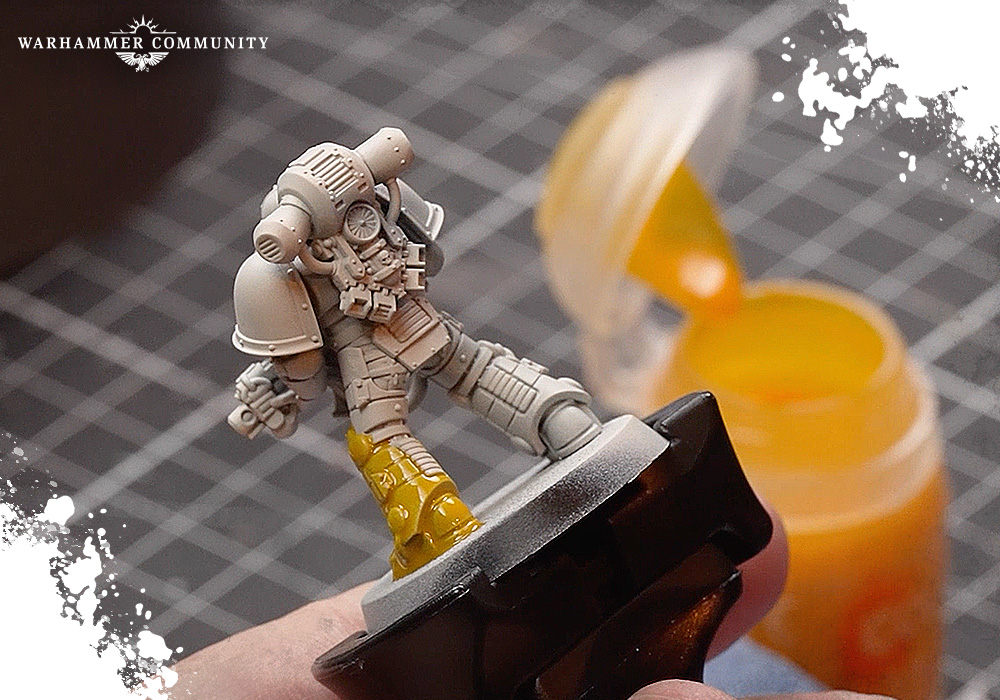
Make sure you do the basic basing as early as you feel comfortable that your miniatures are ready – that means they count as painted for gaming, and that marks the end of your first stage of painting.
The first stage will require a basecoat, a shade* and basing. To push the miniatures further, the second stage will be your first highlights, and if you’re feeling creative, you can add spot highlights on lenses and other focal points at stage three, alongside weathering effects and more adventurous basing.
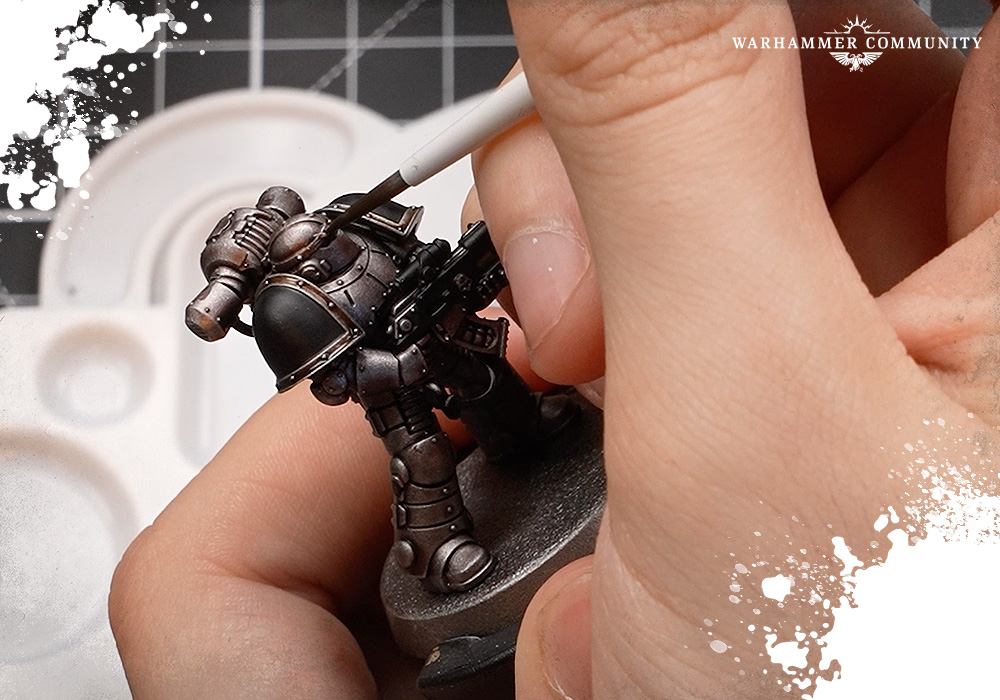
Take photos of your miniature after completing each stage so you can see what each stage adds. Remember that your entire army hasn't got to be at the same stage all at once. If you're in the mood for highlighting your Terminators go for it – this doesn't mean that you have to edge highlight 50 Tactical Marines you have finished to the first stage!
You don't have to get each unit to stage three. A full company with basecoats and shades is an impressive sight and a wonderful accomplishment, which you can then return to and add more detail whenever you please.
Batch painting
For some, the thought of painting Legionaries in batches of fewer than 20 a time is heresy. For others, it’s torture. Nonetheless, batch painting is a powerful method for getting a large force onto the tabletop. Here’s how to make it work for you.
Think of batches in terms of your next painting session. So if you have 20 minutes tomorrow evening, then basecoating the armour trim on three Space Marines would count as a good batch. If you have two hours at the weekend, then finishing the rest of the basecoats and shades on those three Space Marines could be your batch size. Instead, you might finish the trim for the rest of the squad. If you’ve got all day, try doing five or 10 miniatures from start to finish.
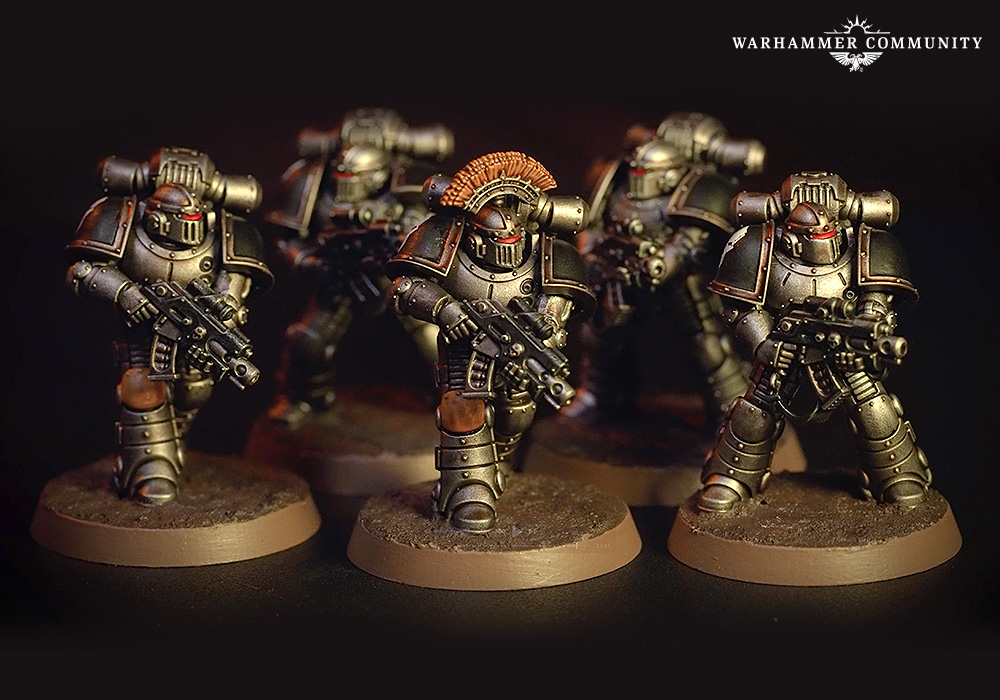
End your painting session by putting the models and paints for your next session to one side. Put the rest of your paints and models away. It's far more inviting and manageable to sit down with a few models and one or two paints, than returning to 30 unpainted Terminators and a row of 18 paint pots!
Wise words from James there, who understands the pain only too well! The Saturnine box is still available to pre-order from the Warhammer webstore, alongside five Libers and a host of reinforcements for Warhammer: The Horus Heresy – Age of Darkness.
* Apply a shade even if you’re a beginner – a thin coat of Nuln Oil makes everything look immediately better!





